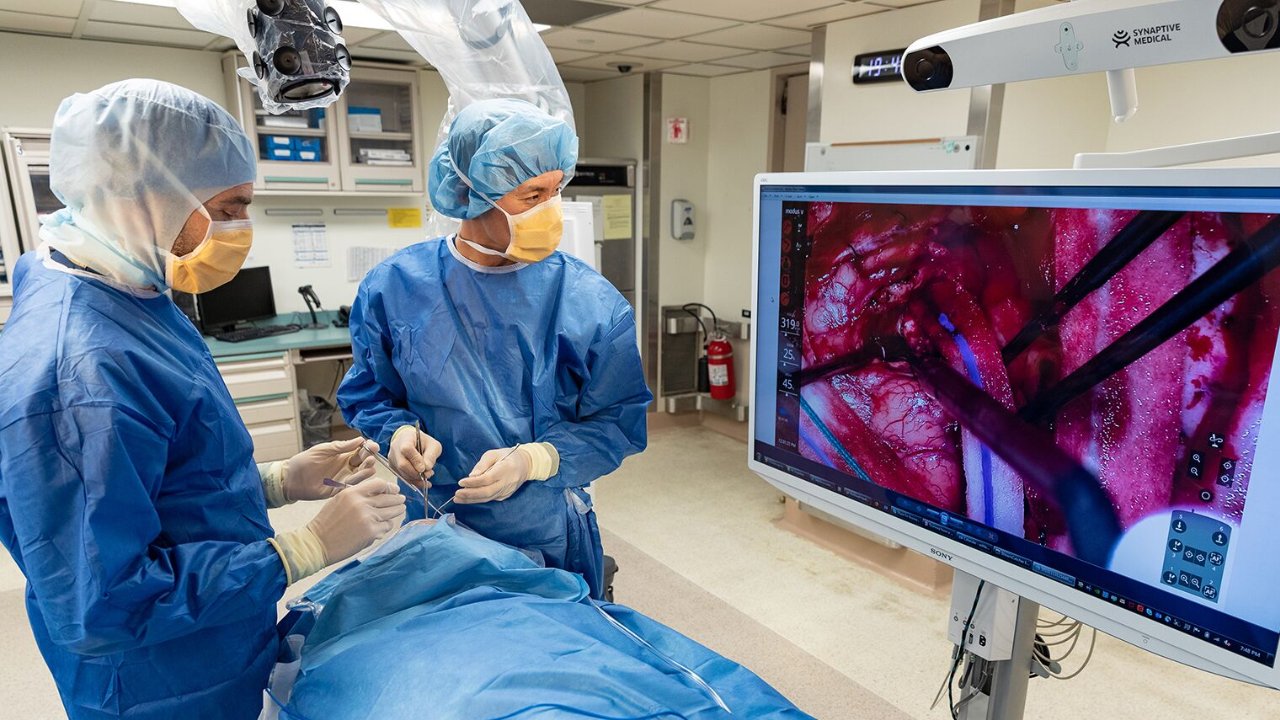Endovascular Neurosurgery

Introduction:
Types of Endovascular Neurosurgery:
- Cerebral Angiography:
This procedure involves injecting a contrast dye into the blood vessels of the brain to obtain detailed images (angiograms) of the blood vessels. It helps diagnose conditions such as aneurysms, arteriovenous malformations (AVMs), and stenosis.
- Aneurysm Coiling:
Aneurysms are weak spots in blood vessel walls that can rupture and cause bleeding in the brain. Coiling involves the insertion of tiny coils into the aneurysm, which promotes blood clot formation and prevents rupture.
- Embolization:
Embolization is used to treat AVMs and other abnormal blood vessels in the brain. It involves injecting glue-like substances or small particles into the blood vessels to block abnormal blood flow and reduce the risk of bleeding.
- Stent Placement:
Stents are used to treat narrowed or blocked blood vessels in the brain. They are deployed to open up the vessels and improve blood flow, reducing the risk of stroke. - Thrombectomy:
Thrombectomy is performed to remove blood clots (thrombi) from large vessels in the brain. It is a crucial treatment for acute ischemic stroke to restore blood flow and minimize brain damage.
- Flow Diversion:
Flow diversion is a technique used to treat complex aneurysms. A stent-like device is placed across the neck of the aneurysm to divert blood flow away from it, promoting clot formation within the aneurysm.
- Intracranial Angioplasty:
This procedure is used to treat stenosis or narrowing of blood vessels in the brain. A balloon catheter is inserted into the narrowed vessel and inflated to widen it, improving blood flow.
Treatment Process:
Endovascular neurosurgery typically involves these steps:
- Preparation: Patients are evaluated through imaging studies and physical examinations to determine the best approach.
- Catheter Insertion: A catheter is guided through a small incision in the groin or wrist into the affected blood vessel.
- Imaging: Advanced imaging techniques like fluoroscopy and angiography guide the surgeon in real time.
- Treatment: Depending on the condition, various treatments such as coiling, stent placement, or embolization are performed.
- Recovery: Patients usually experience shorter hospital stays and faster recovery times compared to open surgery.

